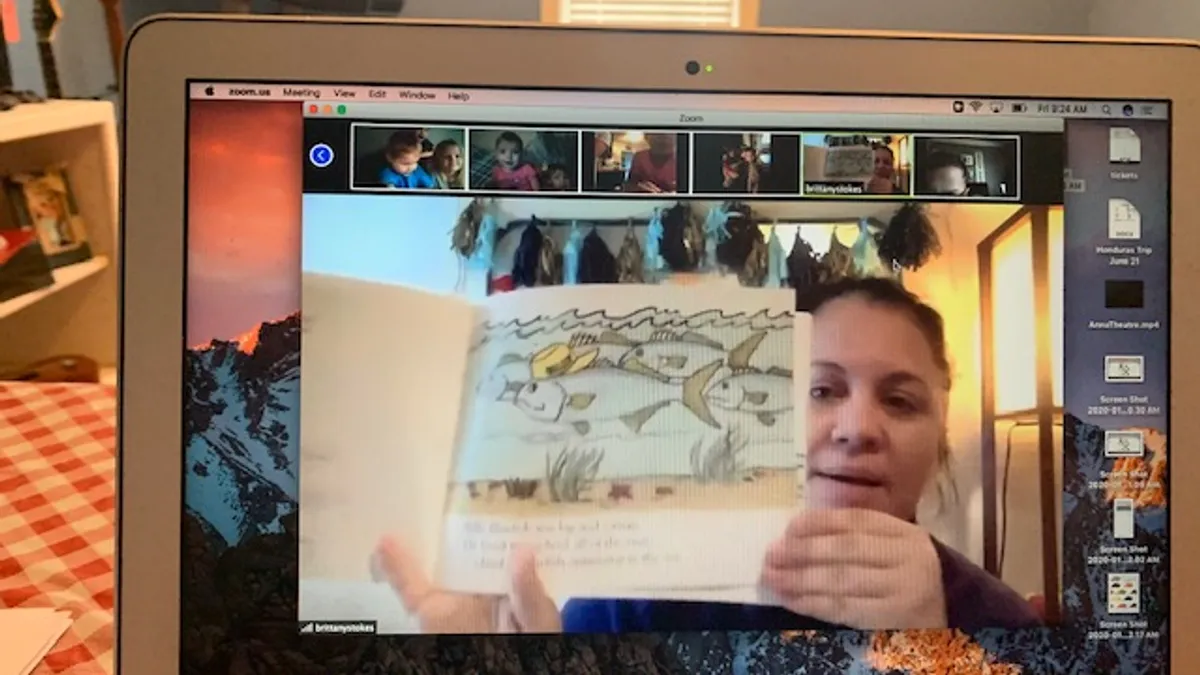Dive Brief:
- California school districts are required to provide both devices and high-speed internet connection to any student learning from home, but between 300,000 and 1 million remain disconnected, EdSource reports. A backlog of computer orders and weak broadband infrastructure in remote areas are contributing factors.
- At a state assembly education committee hearing Wednesday, California education leaders, teachers and lawmakers discussed how to close the digital divide. Though most households have enough broadband to handle some video calls, many family networks don't have the strength for multiple students to be connected at once.
- Nationwide, approximately one-third of households with annual incomes under $30,000 and with children under 18 don’t have high-speed internet connection at home, impacting roughly 9.7 million students, according to a Pew Research Center report. A quarter of teens within that socio-economic bracket lack access to a computer at home.
Dive Insight:
As pandemic-induced school closures drag on, the digital divide continues to drive 16.9 million students into the homework gap. Additionally, 36% of those living in rural locations lack connectivity. Broken down by race, the homework gap impacts 34% of American Indians/Alaska Natives, 31% of Blacks, 31% of Latinos, 21% of Whites and 12% of Asian students.
Attention to the issue, however, has increased significantly. With most of the nation's schools now connected to high-speed broadband, the nonprofit EducationSuperHighway has turned its attention to the homework gap through the organization DigitalBridge K-12. COVID-19 school closures also put the issue on lawmakers’ radars, with some now indicating they are willing to spend billions of dollars to bridge the gap.
The sudden shift to online learning caught most districts off guard. Though many were gearing up to provide older students with 1:1 technology, it quickly became necessary to provide every student with a device. When schools closed last spring, the Austin Independent School District in Texas immediately purchased 24,000 iPads and 6,000 Chromebooks. It also distributed 15,000 Chromebooks the district already owned. A CoSN survey conducted just prior to the pandemic indicated 49% of responding districts had 1:1 technology.
This summer, Chicago Mayor Lori Lightfoot announced plans to expand high-speed internet access to 100,000 students in low-income households for $50 million over four years. The initiative will be partially funded by coronavirus response funds and donations. The first two years of the program will be funded by $5 million in federal coronavirus funds and philanthropic donations that include $750,000 from former President Barack Obama and Michelle Obama.











